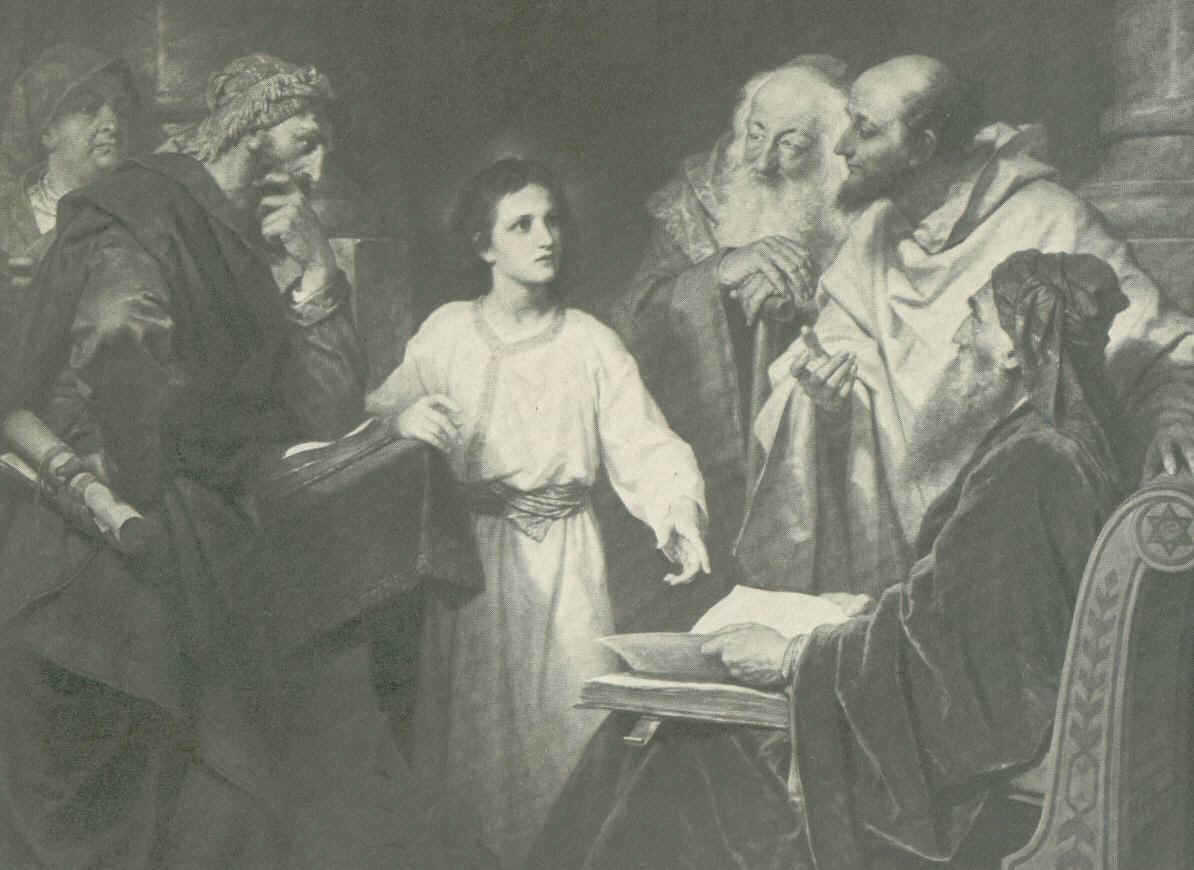If we do discuss ‘clerical celibacy’, let’s really discuss it
The ever-informed Sandro Magister suggests that the next Synod of Bishops will treat “married priests”. After seeing what the last two synods did with non-negotiable matters such as extending Eucharistic communion to divorced-and-remarried Catholics—something that should never have been debated, but was debated, with negative consequences for the faithful’s understanding of Church teaching and discipline in several areas—I do not relish seeing a crucial-but-negotiable matter (such as married clergy) treated in a synod any time soon. But on the chance that Magistro is right let me suggest three areas that, in regard to married clergy, would require careful study.
1. Clerical continence. Western tradition, and the canon law that upholds that tradition, calls without question for a completely sexually-continent clergy. Yet, in the space of one generation (at most two) that shining observance has been inadvertently but completely forgotten, first among tens of thousands of married deacons and now among thousands of married priests. No coherent synodal discussion of clerical celibacy can take place without deciding, once and for all, whether “perfect and perpetual continence” (1983 CIC 277 §1) grounds that discipline. Naturally—and though I limit my contribution to this discussion to matters of law which, as we know, often protects truths it does not articulate—the canonical question of clerical continence will eventually turn, I suspect, on a deeper theological understanding of the character of priest as Spouse and on the nuptial imagery of his actions in the Eucharistic sacrifice.
2. Clerical celibacy. Besides the unspoken (unspoken because, until a few decades ago, it was so obvious) foundation that clerical continence provides for clerical celibacy, most defenses of clerical celibacy have turned on practical matters such as the higher costs of married clergy and the complications that married life bring to ordained ministry. While interesting, such secondary concerns do not persuade that clerical celibacy is itself a good to be pursued. Recently, however, canon law and ecclesiastical literature has begun to recognize celibacy itself as “a special gift of God” (1983 CIC 277 § 1), suggesting that clerical celibacy, besides working in support of the more central value of clerical continence, and besides offering some practical advantages to Church administrators, is a value worth studying, embracing, and sharing. Clerical celibacy qua celibacy, therefore, must be treated by a synod, and not just celibacy qua fence-around-the-law of continence, or celibacy qua cost-savings scheme for ministers.
3. Eastern approaches to married clergy. I say Eastern “approaches” to married clergy because there is not, contrary to popular impression, just one approach among Eastern Catholics. Not all Eastern Churches allow married clergy, and among those that do permit it, not all clerics marry. Still, Eastern Catholic Churches generally accept married men into holy Orders and allow those men to live more conjugato. Now, for reasons that go beyond canonical, Rome has long steered clear of directly addressing how a married, and essentially non-continent, clergy took hold in the East (though most eyes look back to the controversial Synod of Trullo) and asking, in that light, whether this practice should be merely tolerated, mutually respected, or positively protected. A synod purporting to treat of clerical celibacy in the Catholic Church must honestly address the divergence between East and West in this regard.
In sum, the degree to which a synod (if one is called) on clerical celibacy addresses, or avoids, clerical continence, celibacy in its own right, and Eastern observances, will be the degree to which a synod may be taken as competently considering clerical celibacy. + + +
Unus ex Patribus [in Coetu de S. Hierarchia] animadvertit in historia Ecclesiam fuisse reformatam quando in honorem restituta fuit lex coelibatus. Communicationes XVI: 177.



Comments are closed.